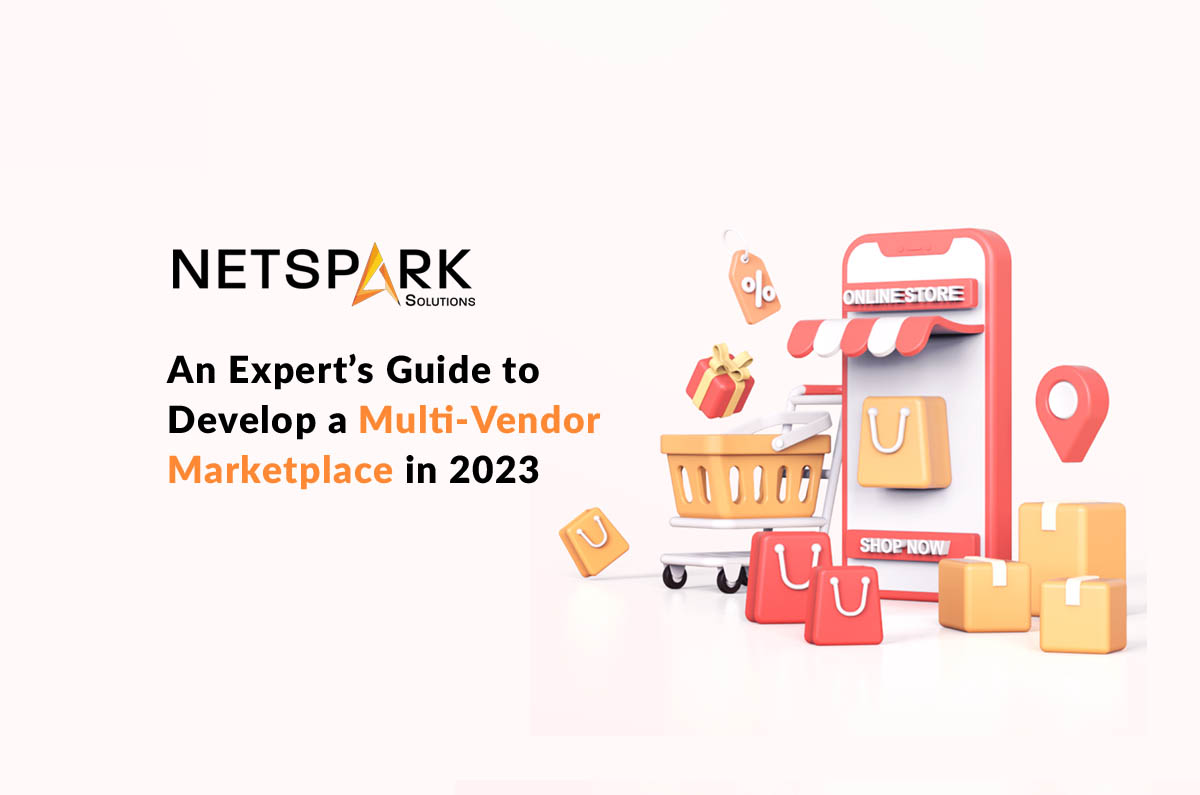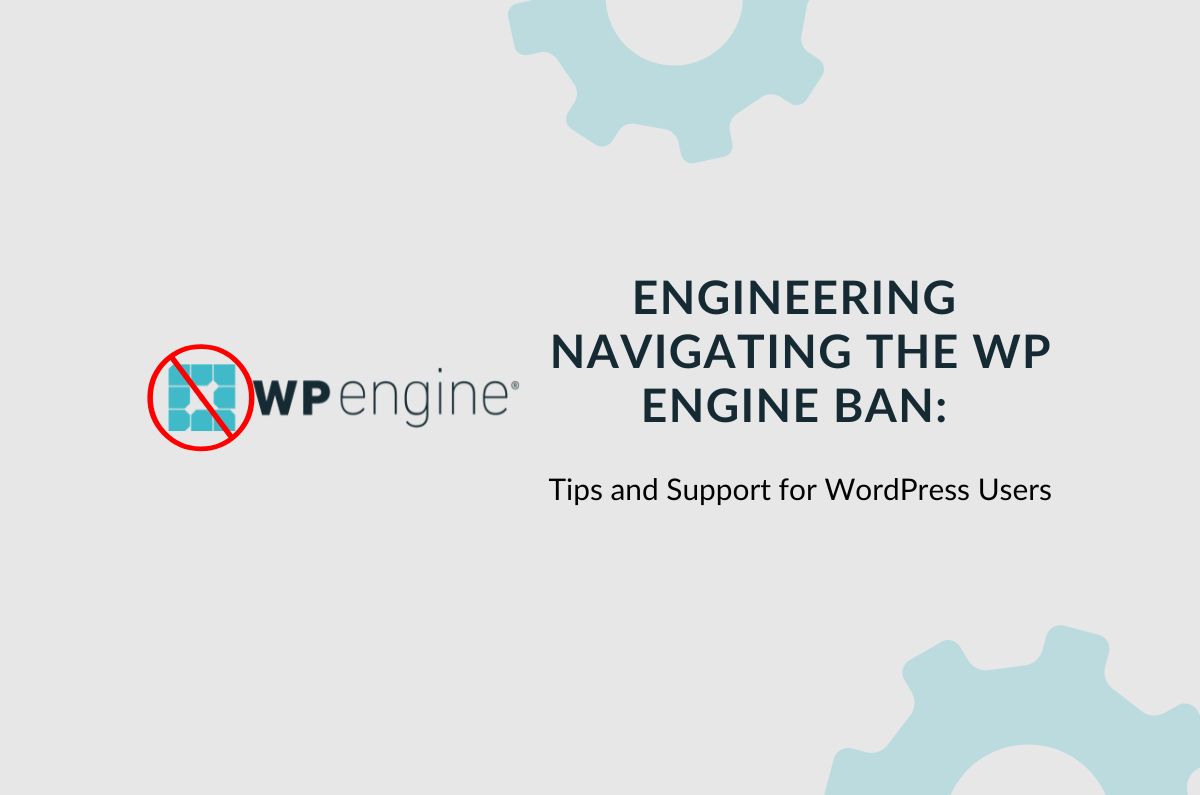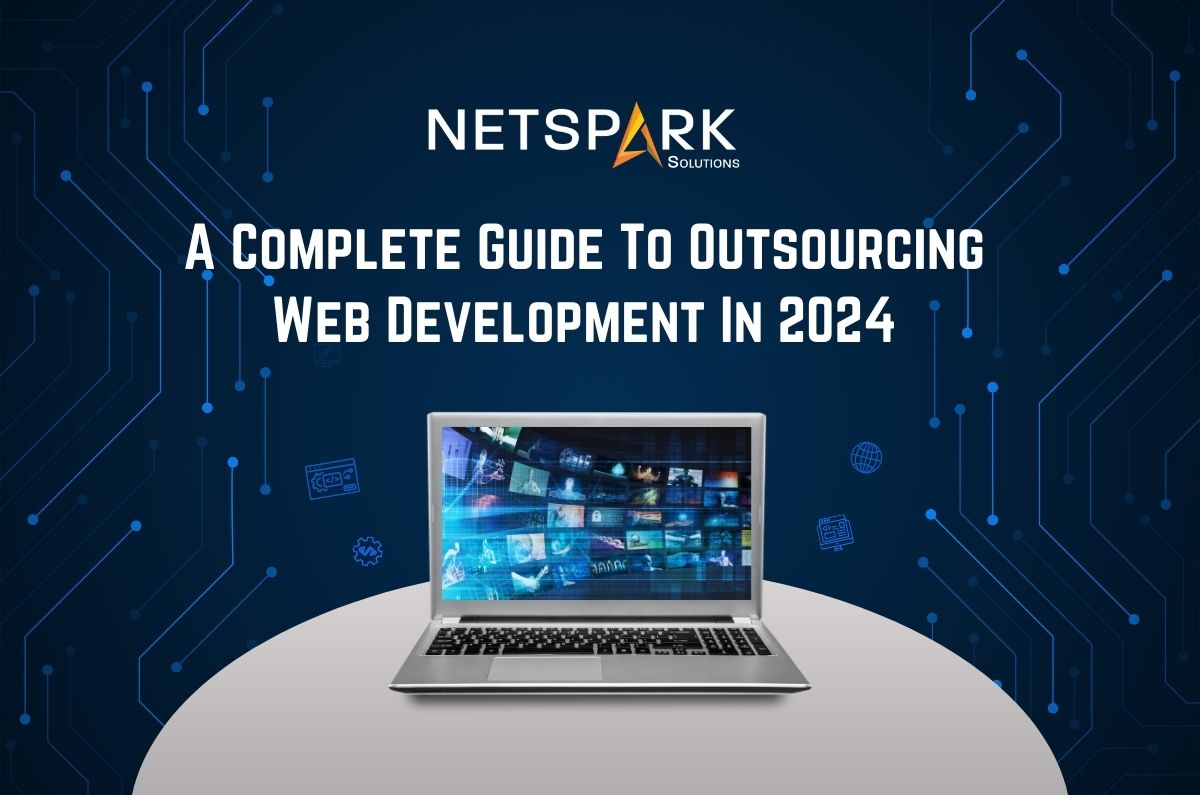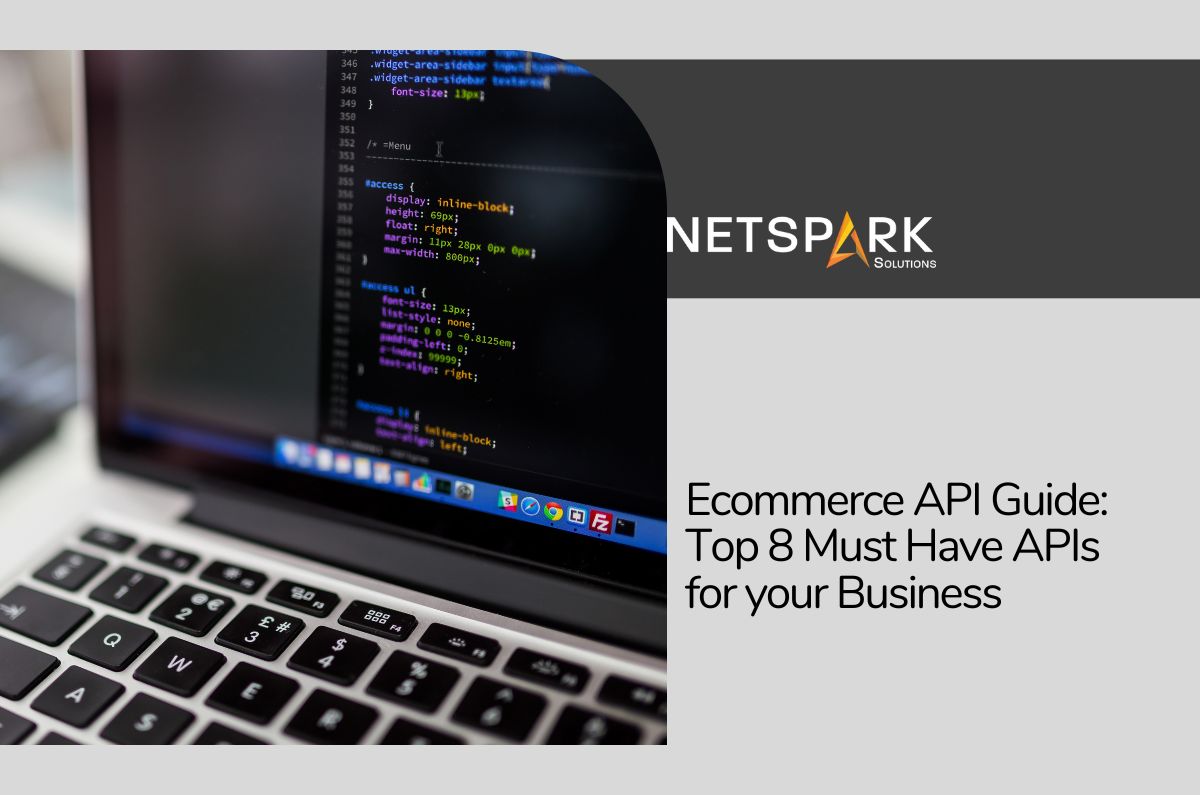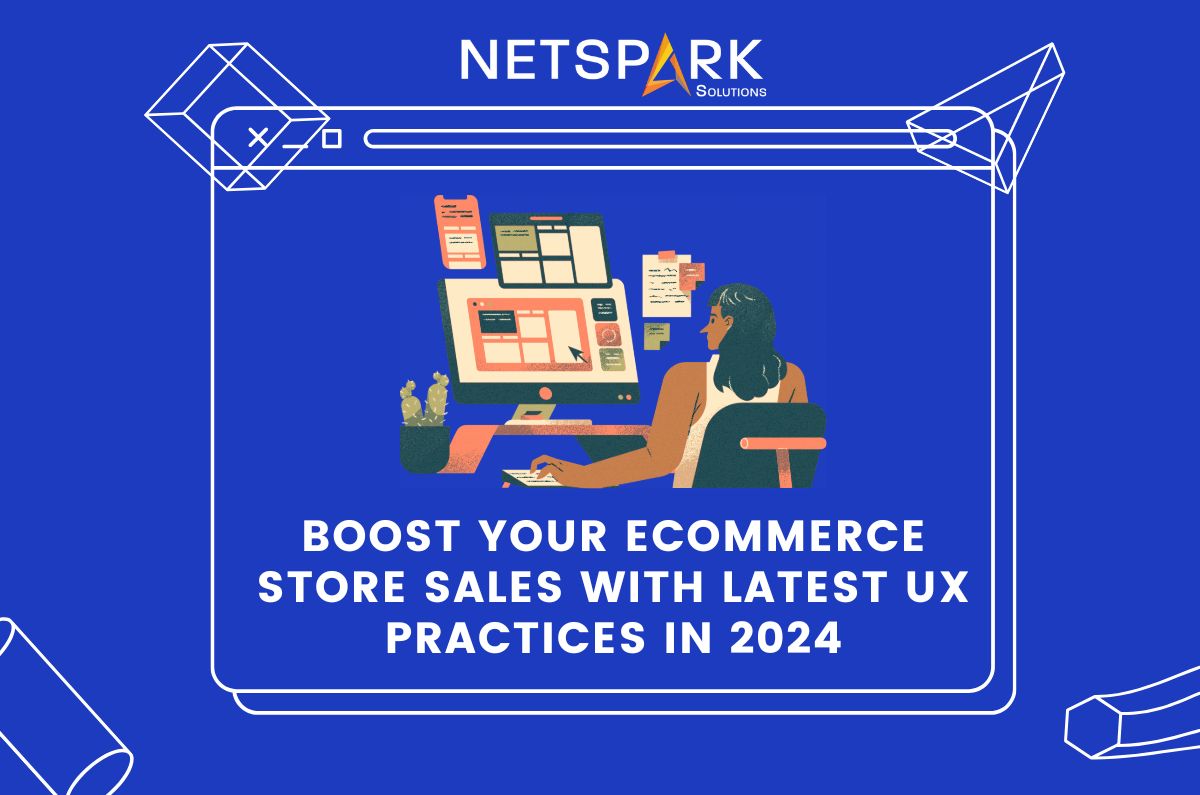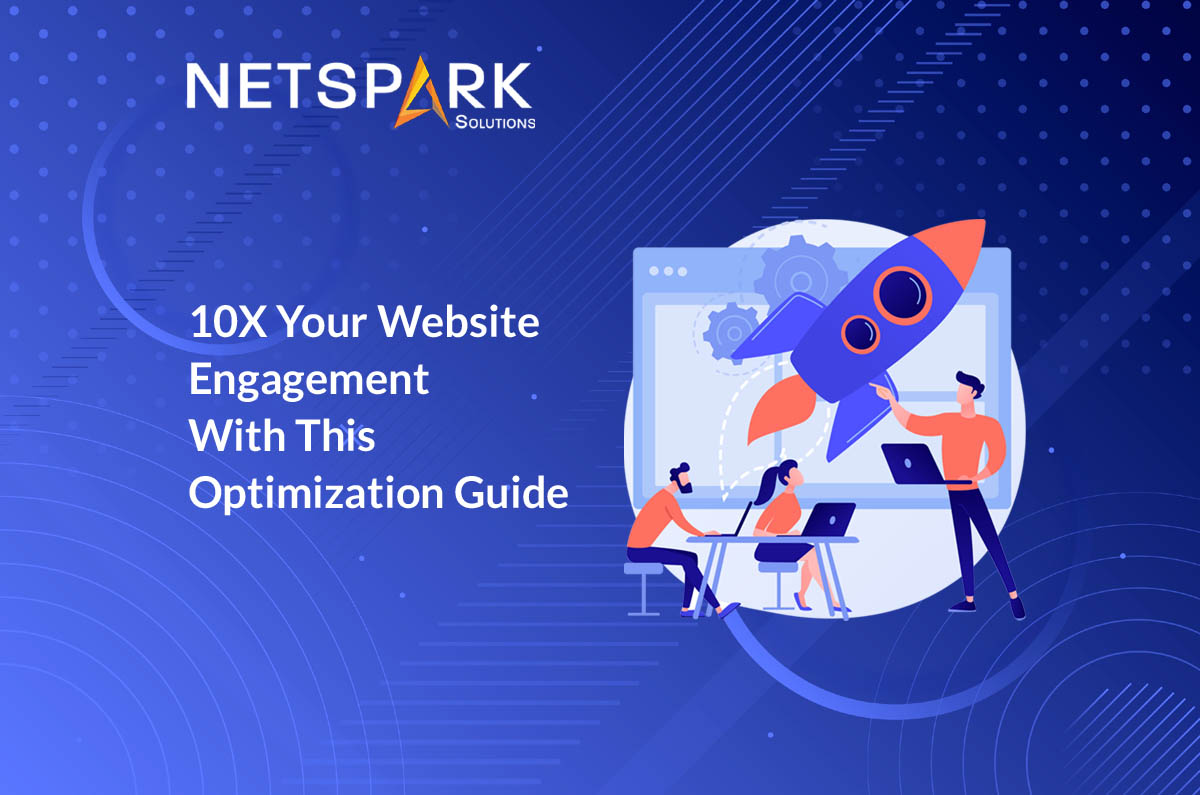The ecommerce industry is growing at an exponential rate and multi-vendor marketplaces such as Amazon and eBay have contributed heavily to this growth. The success rate of multi-vendor marketplaces have encouraged many ecommerce companies to change their business model and set up a multi-vendor store to attract customers.
In 2021, a survey by Statista revealed that 12% of online vendors were ready to turn their websites into multi-vendor marketplaces. As of today, the numbers have only gone up and several other merchants have joined the race of launching their own marketplaces. If you’re one of them, this guide will be helpful.
In today’s article, we have penned down a complete guide on how to launch a multi-vendor marketplace like Amazon that drives sales and helps you unlock better revenue generation opportunities.
What are the Benefits of a Multi-Vendor Marketplace?
First things first, how a multi-vendor online store is better than regular ecommerce stores. One of the biggest advantages of a multi-vendor store is you don’t need to own the products yourself.
This eliminates the hassle of inventory management and you can streamline business operations more conveniently. Since a multi-vendor store allows multiple sellers to list their products, customers have the liberty to choose from a variety of available options. This will aid their decision-making process, resulting in better customer retention.
Here are some of the additional benefits of creating a multi-vendor store like Amazon in 2023.
- Having a multi-vendor store attracts new buyers as they have the liberty to compare different vendors.
- Setting up and managing a multi-vendor store is cost-effective as you don’t need your own inventory or warehouse to manage the orders. You can even partner with a third-party shipment agency to manage the shipments.
- As soon as a new seller signs up with your multi-vendor store, you’ll automatically start attracting new customers, thanks to the unique products he’ll be offering.
- Multi-vendor stores benefit merchants as well as they get instant access to a large audience. Consequently, small-scale vendors can easily grow their business by gaining the desired online exposure.
How to Launch a Multi-Vendor Store like Amazon and eBay in 2023
Now that we have clarified the benefits of starting a multi-vendor marketplace like Amazon and eBay, let’s start with the guide that’ll help you launch your own marketplace.
1. Hire an eCommerce Development Company
Here’s the deal; starting a multi-vendor store is relatively different from constructing a regular ecommerce website. The involvement of multiple stakeholders makes the entire development process more complicated.
A traditional website builder like Wix with its drag-&-drop functionality isn’t cut out for this type of job. That’s why it’s always advised to let professional ecommerce developers take over the reins and launch a sales-driven multi-vendor marketplace for your business.
A team of professional developers will not only manage the entire development process, but also utilize the latest development technologies to build market-centric ecommerce solutions.
In addition to driving the desired customer exposure, you’ll also be able to get ahead of the curve and lead the market by offering a remarkable shopping experience to the customers.
Now, when it comes to hiring an ecommerce development partner, it’s crucial to follow the right approach to ensure you join hands with the best ecommerce development company. Here are a few tips that’ll help you compare different service providers and choose a team whose expertise align with your business objectives.
- Start by defining a budget for your multi-vendor marketplace. Based on the specified budget, you can start looking for either native development teams or an offshore development partner.
- Make sure to hire ecommerce web developers who have prior experience in building multivendor marketplaces. A professional development team will be always happy to share the case studies and portfolios of their previous work. Use these as a reference to decide whether the developers can handle your project’s responsibilities or not.
- While interviewing a development team, make sure to ask about the development technologies they use. Your goal should be to partner with developers who specialize in the latest ecommerce platforms so that you can launch a market-centric ecommerce solution.
2. Decide on a Monetization Strategy
At the end of the day; your goal with a multi-vendor store is to generate revenue, right? So, after you’ve hired a development partner, the next step would be to finalize a monetization strategy. In general, multi-vendor online stores rely on three monetization strategies to make money.
- Advertising
- Commission
- Sponsored Listing
Advertising
Like any other digital business, advertising is the most common revenue model for multi-vendor stores. You can display ads on your website and make money for each impression/click.
Commission
Commission is another common revenue model for multi-vendor ecommerce marketplaces. For every sale, you can charge vendors a percentage of the price. Both large-scale marketplaces and regular startups rely on Commissions to make money from their multi-vendor marketplaces.
Sponsored Listings
Since the competition for exposure between sellers is higher on multi-vendor marketplaces, they always strive to appear at the top of the search results.
Apart from optimizing their product pages, many sellers are also ready to pay extra money to get their listings displayed at the top. Both Amazon and eBay allow sponsored listing on their websites and you can do the same if you want to skyrocket your overall business revenue.
Keep in mind you can also combine all these three revenue models to build a solid monetization strategy. However, be extra cautious with advertisements as you would not want to ruin the shopping experience for your customers.
4. Integrate the Right Features
There are more than 3 million active ecommerce stores and a few of them fall under the multi-vendor marketplace umbrella. With such competition, the features you integrate into your online store will eventually help you stand apart from the crowd.
So, it’s important to do the due diligence and choose the most appropriate features for your online store. Choosing the right features mainly depends on your business objectives and the target audience.
Here are some of the most common features of a multi-vendor store like Amazon.
- Vendor Management
- Customer Management
- Inventory Management
- Payment Gateway Integration
- Search Filters
- Discount Programs
- Checkout Optimization
- Shipment Tracking
- Returns & Refund Management
- Third-Party API Integration
Conclusion
When it comes to launching a large-scale multi-vendor marketplace such as Amazon or eBay, it’s always crucial to find a development partner that could bring your idea to reality. At NetSpark Solutions, we offer the best-in-class ecommerce web development services to help businesses launch online stores that drive sales and deliver an optimal shopping experience to the customers.

